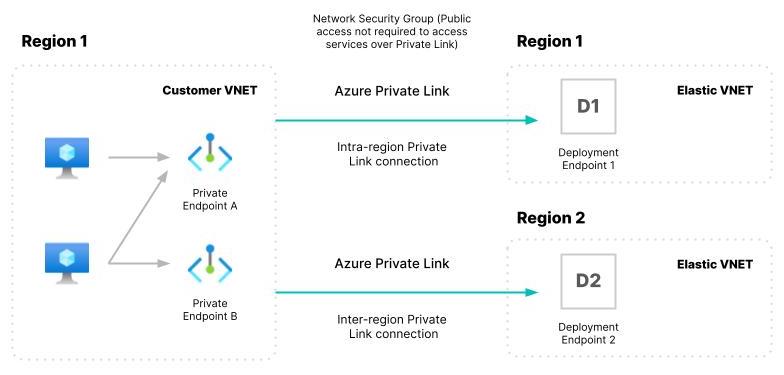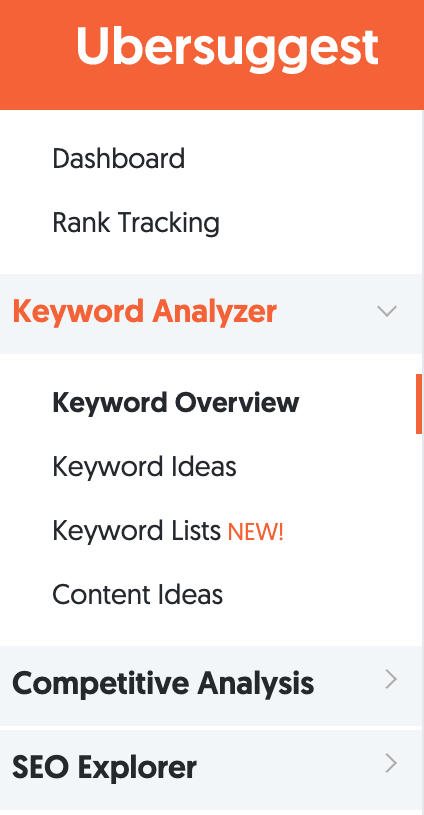All Categories
Featured
Table of Contents
- – Whats The Most Suitable Semantic Seo Tutorials...
- – Who Has The Most Reliable Semantic Keywords?
- – What Are The Most Recommended Semantic Seo Gu...
- – What Is The Top Optimizing For Semantic Searc...
- – Is It Worth Paying For Semantic Seo Audits?
- – Top Semantic Search Engine Results Pages (Se...
- – What Is The Most Suitable Semantic Seo Conte...
The internet is altering, becoming an increasing number of semantic. SEO is also transforming and becoming more semantic. This is because search engines have actually progressed and are relocating an increasing number of towards checking out web content on the web. Of program, that has also transformed the way we produce web content, specifically if we desire to rate much better in the search engines.
Intertwingularity is not normally acknowledged, people maintain claiming they can make things deeply hierarchical, categorizable and sequential when they can't. Based on the partnerships in between search intents, the search engine favors a material in placing by determining the range between the vectors of meaning.
It permits you to see, starting from a subject, all the entities that relate to that topic. By doing this you can clearly see which entities/concepts/ideas have actually already been covered on your internet site, and you can discover new opportunities by recognizing what web content you can include and just how to create it.
Whats The Most Suitable Semantic Seo Tutorials To Buy
It has the ability to make your web content reasonable for online search engine on the one hand and for your audience on the other. Structuring your material version highlights your web content and its hidden connections so that internet search engine can acknowledge you amongst numerous items of info, making you much more noticeable to customers who satisfy the search intent pertaining to your service.
In semantic SEO copywriting, an editor starts from a wider series of topics and customizes the material to include semantically pertinent terms and expressions that help viewers comprehend a topic, similar to checking out web content in a wiki. From a material composing perspective, one sensible means to do this is to produce a vocabulary of terms and inquiries surrounding your target subject.
Who Has The Most Reliable Semantic Keywords?
Discover much more concerning by enjoying the by!.

Semantic search refers to the process of just how internet search engine comprehend and match keyword phrases to a searcher's intent in organic search results page. Before semantic search, search engines like Google operated like matchmakersaligning specific words in your question with those exact words on webpages. The outcomes were straightforward however often did not have depth.
What Are The Most Recommended Semantic Seo Guide
It makes it possible for Google to use fast, exact answers to browse inquiries concerning real-world topics. When you type an inquiry word into Google, you're not simply getting in a sequence of words.
When you browse for "Apple," Google doesn't just see a word that explains a fruit. It acknowledges Apple as a business and can provide related info. Like the name of its CEO, Tim Chef, or its latest supply costs. Google announced the Hummingbird upgrade in 2013. It was Google's answer to the surge of voice searches, where questions became a lot more conversational and nuanced.
What Is The Top Optimizing For Semantic Search Product?
By incorporating NLP, Hummingbird permitted Google to relocate past plain keyword matching. It aided the search engine comprehend search intent, increasing the chances that results would properly match the reason behind an individual's search. As the third crucial ranking element after content and web links, RankBrain has actually improved Google's semantic search capacities to recognize the meaning of search inquiries.
Making it a lot more reliable at handling never-before-seen search inquiries. RankBrain considers more than simply search phrases when analyzing a search query.
It brings outcomes that match the search phrases and line up with the total intent of giving pup training suggestions. And if the customer often looks for dog-related content, Google may focus on extra comprehensive training guidesrecognizing the customer's recurring interest in the subject. Combining innovations like the Knowledge Chart, Hummingbird, and RankBrain, semantic search helps the Google formula analyze and connect data across a substantial internet of info.
Is It Worth Paying For Semantic Seo Audits?
The emphasis shifts from keyword selection to a holistic strategy encompassing customer intent, topical importance, and overall customer experience. Creating material that resolves the searcher's requirements with thorough details can improve your SERP positions.
A broader technique to material aligns better with semantic search's shift away from specific key words matching and towards user intent. Content that covers search inquiries a lot more thoroughly not only satisfies users.
UX intends to produce a visually appealing, easy to use interface with appealing, quality material that motivates site visitors to remain. Semantic search technology allows search engines to aim for outcomes that provide the best feasible UX.
Top Semantic Search Engine Results Pages (Serps) Prices Near Me
.png?width=1728&height=836&name=Blog%202%20(1).png)
All display Google's ability to address a topic inquiry adequately. By understanding the context and intent behind individual queries, online search engine can deliver extra appropriate info and potentially enhance customer engagement. Customization in search engine result makes for far better UX.Based on your previous search background and choices as an individual, semantic search aids look engines customize the outcomes to fit your one-of-a-kind needs and interests.
So it brings results that match the keywords and straighten with the general intent of giving young puppy training recommendations. And if the customer frequently looks for dog-related content, Google might prioritize a lot more thorough training guidesrecognizing the user's continuous interest in the topic. Combining modern technologies like the Knowledge Graph, Hummingbird, and RankBrain, semantic search assists the Google algorithm interpret and connect data across a vast web of information.
What Is The Most Suitable Semantic Seo Content Strategies Plan?
The emphasis shifts from keyword option to an alternative technique encompassing customer intent, topical importance, and overall customer experience. Developing web content that resolves the searcher's requirements with comprehensive information can enhance your SERP positions. Below, we lay out the fads and techniques that combine the demand for semantically notified content. Later on, we provide actionable suggestions to transform these insights right into ideal practices.

A wider approach to content aligns much better with semantic search's shift away from specific key phrase matching and toward customer intent. Material that covers search inquiries much more extensively not just pleases users.
And 5 times more than sites that take 10 seconds to lots. While technological SEO guarantees ideal web site efficiency and ease of access, concentrating on customer experience (UX) takes it a step better. UX intends to create an aesthetically appealing, straightforward interface with interesting, top quality web content that encourages visitors to stay. Semantic search innovation allows online search engine to go for results that provide the very best feasible UX.
All showcase Google's capacity to address a subject query thoroughly. By recognizing the context and intent behind individual queries, search engines can deliver more relevant details and potentially raise user involvement. Personalization in search engine result makes for far better UX.Based on your past search history and preferences as an individual, semantic search helps online search engine tailor the results to suit your distinct demands and rate of interests.
Table of Contents
- – Whats The Most Suitable Semantic Seo Tutorials...
- – Who Has The Most Reliable Semantic Keywords?
- – What Are The Most Recommended Semantic Seo Gu...
- – What Is The Top Optimizing For Semantic Searc...
- – Is It Worth Paying For Semantic Seo Audits?
- – Top Semantic Search Engine Results Pages (Se...
- – What Is The Most Suitable Semantic Seo Conte...
Latest Posts
What Are The Highest Rated Implementing Semantic Seo?
What Is The Most Reliable Semantic Tagging For Seo?
What Is The Most Affordable Semantic Seo Content Strategies Deal
More
Latest Posts
What Are The Highest Rated Implementing Semantic Seo?
What Is The Most Reliable Semantic Tagging For Seo?
What Is The Most Affordable Semantic Seo Content Strategies Deal